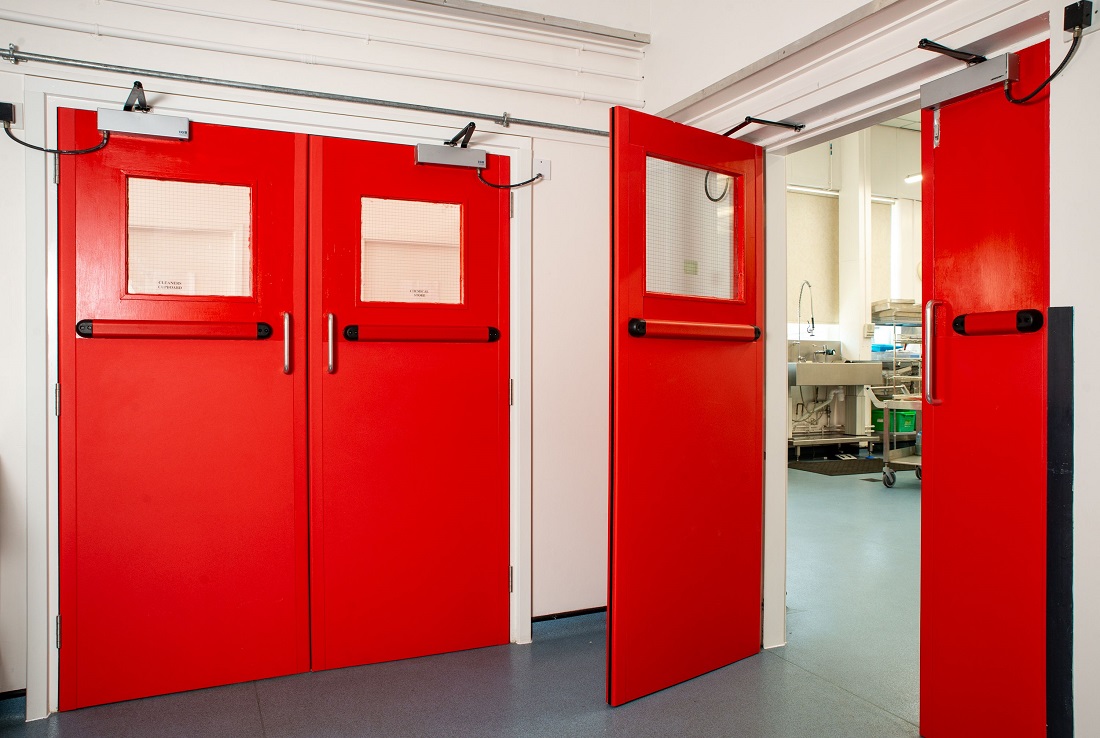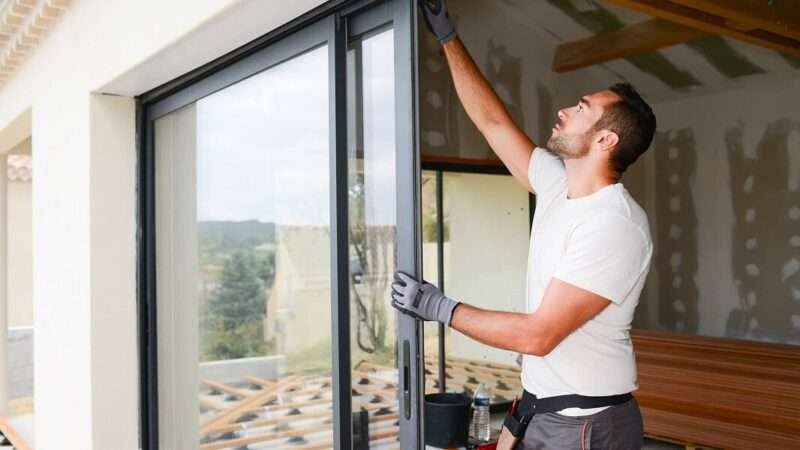Understanding Fire Safety Doors: Your Key to Protection

Fire safety doors play a crucial role in keeping buildings and people safe during a fire emergency. These specialized doors are designed and installed with the purpose of preventing the spread of fire, smoke, and toxic gases, allowing for a safer escape route and minimizing damage. Let’s delve into what fire safety doors are, how they work, and why they are essential in safeguarding lives and property.
What Are Fire Safety Doors?
Fire safety doors, also known as fire-rated doors, are specifically constructed to withstand the impact of fire for a designated period. They are composed of fire-resistant materials such as steel, gypsum, or other fire-rated substances that can endure high temperatures.
How Do They Work?
Fire Resistance: These doors are built to resist fire, maintaining their structural integrity even when exposed to extreme heat. Their core materials slow down the spread of fire, providing vital time for evacuation or containment.
Smoke and Gas Control: Fire safety doors are effective in preventing the passage of smoke and toxic gases, limiting their movement between different sections of a building. This helps in maintaining clear escape routes and reducing health risks.
Compartmentalization: Buildings are divided into sections with fire safety doors strategically placed to create compartments. In case of a fire outbreak, these doors act as barriers, confining the fire to its origin and preventing it from spreading rapidly.
Importance of Fire Safety Doors:
Safe Escape Routes: During a fire, clear and unobstructed escape routes are crucial. Fire safety doors create protected paths, allowing people to evacuate safely without being hindered by fire and smoke.
Property Protection: These doors help in minimizing fire damage by containing it within specific areas, reducing the overall impact and potentially saving property and assets.
Building Regulations: Many countries have strict building codes that require the installation of fire safety doors in specific locations within buildings. Compliance with these regulations is vital for ensuring the safety of occupants and avoiding legal issues.
Enhanced Safety Measures: Fire safety doors complement other fire safety systems like alarms and sprinklers, providing a comprehensive defense mechanism against fire hazards.
Proper Maintenance and Inspection:
Just having fire safety doors installed isn’t enough; regular maintenance and inspection are critical to ensure their effectiveness:
Regular Checks: Periodic inspections should be conducted to ensure that the doors are in proper working condition. This includes checking for any damage, ensuring the door closes properly, and verifying the integrity of seals.
Maintenance: Any issues identified during inspections should be promptly addressed by qualified professionals. This may involve repairing damaged parts, replacing worn-out seals, or lubricating hinges to ensure smooth operation.
Design and Classification:
Fire safety doors come in various designs and classifications based on their fire resistance capabilities, which are measured in time increments such as 20, 30, 60, or 90 minutes.
Materials: These doors are crafted from fire-resistant materials, often incorporating a core of materials like vermiculite, steel, or mineral-based substances. The choice of materials depends on the level of fire resistance required.
Components: Fire safety doors are equipped with intumescent seals around the edges. These seals expand when exposed to heat, further preventing the passage of fire and smoke. Additionally, self-closing mechanisms or door closers are installed to ensure that the door automatically closes in the event of a fire, aiding in compartmentalization.
Ratings: Doors are classified based on their fire resistance capabilities. For instance, a 60-minute fire-rated door can withstand fire exposure for 60 minutes before losing its integrity. These ratings help in determining where to install the doors within a building based on the level of fire risk in different areas.
Conclusion:
Fire safety doors are indispensable components of fire protection systems in buildings. Their role in containing fires, providing safe escape routes, and minimizing damage cannot be overstated. Understanding their significance, ensuring proper installation, and regular maintenance are essential steps toward ensuring the safety of occupants and property in the event of a fire emergency. Investing in fire safety doors is an investment in safeguarding lives.






